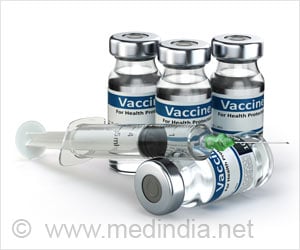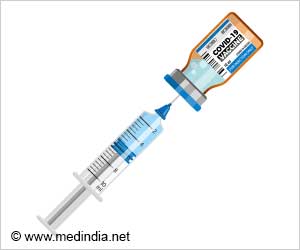Dispensing opioid antidote naloxone directly without doctor's prescription could decrease deaths due to opioid overdose.

TOP INSIGHT
Opioid antidote distribution laws should be coupled with immediate and effective interventions in treating patients admitted to the emergency department for overdoses.
Read More..
While previous research has examined associations between expanded naloxone use and opioid-related deaths, the RAND study is the first to look at the impact of giving pharmacists direct authority to prescribe the drug.
The study also found that direct dispensing laws were associated with increased visits to hospital emergency departments for nonfatal opioid overdoses. Researchers say it was not clear if the increase was caused by fewer patients dying from opioid overdoses or whether other factors triggered an increase.
Overdose deaths from both prescription and recreational opioid use far exceed those from any prior U.S. drug epidemic. The number of opioid-related deaths each year since 2014 has surpassed the number of deaths associated with the peak of the HIV epidemic of the 1980s, as well as surpassing the number of deaths caused by auto accidents or gun violence.
Among the strategies adopted by state governments to combat the opioid crisis is increasing the distribution of naloxone, which can reverse the effects of an opioid overdose if given to a person promptly. In the case of an overdose, it usually is either injected or delivered as a nasal spray.
The RAND study examined the policies across all states and the District of Columbia from 2005 to 2016, examining whether the adoption of different policies were associated with changes in opioid-related overdose deaths and the dispensing of naloxone.
Researchers found that laws providing only indirect authority to pharmacists to dispense naloxone had little effect on increasing purchases of the drug. In contrast, states that adopted laws providing direct authority for pharmacists to dispense naloxone saw large increases in dispensing of the medication.
While stronger naloxone access laws significantly reduced deaths from opioid overdoses, the laws were not associated with fewer opioid overdoses overall. States with the direct dispensing laws saw an average 15 percent increase in nonfatal opioid-related emergency department visits relative to states that did not allow direct dispensing by pharmacists.
"These findings highlight the importance of coupling naloxone access laws with effective interventions and connections to treatment for patients seen in emergency departments for overdoses," said Rahi Abouk, the study's lead author and an economist at William Paterson University. "This is the location where such programs may be the most effective."
Source-Eurekalert
 MEDINDIA
MEDINDIA

 Email
Email








